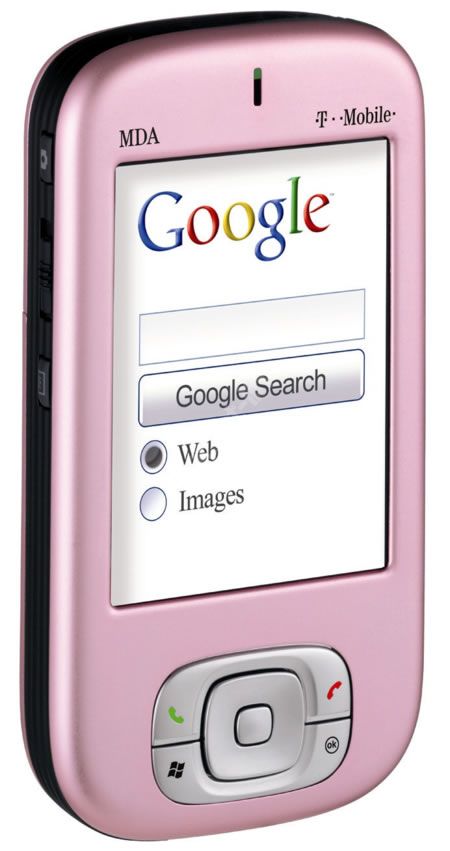Another week and another PDA styled mobile phone from T-Mobile. Can the operator be flooding the market with too many choices? We have a look and find out.
Our quick take
Overall the MDA Compact II is even more of a cutback from the Vario’s offering, losing out on what we believe is the Vario’s killer element - the keyboard.
Whether you opt for this or the Orange M500 will depend on how important having Windows Mobile 5 is to you and whether you prefer T-mobile’s operator offering to Orange.
For us if you’ve come down the decision road enough to get a small connected PDA you might as well opt for the Vario simply because of the keyboard offering. Even then however, that comes with a whole new set of drawbacks like the slow connection to surf the web.
If you are looking for a supped up mobile phone - this will serve your needs, if however you are after a PDA come mobile office to surf the web, the improvements and updates over the original MDA here aren’t compelling enough to warrant choosing this model over other offerings on the market.

T-Mobile Compact II mobile phone - 3.0 / 5
| FOR | AGAINST |
|---|---|
|
|
Earlier this month, T-Mobile launched the MDA Vario - a compact PDA come mobile phone with a slide out keyboard. Today, the company has unveiled the MDA Compact II, an update to its original MDA - the MDA Compact.
The new model, which has been updated to include Microsoft’s Windows Mobile 5 also features Web‘n’Walk, a 1.3 megapixel camera, Bluetooth, 128Mb of memory and an external SD card.
The keyboard has been the first thing to go and with that the MDA Compact fits back into the slimmer body of the first generation of this unit.
Barring a few tweaks and the rather hideous pink colour you can now get it in - the model is virtually identical to T-Mobile’s previous offering and the Orange M500. The M500 is W58mm x L108mm x D18mm, the MDA is W58mm x L106mm x D18mm and the MDA Vario is W58mm x L108mm x D24mm, and the MDA Compact II is W58mm x L108mm x D18.2mm.
Like all three models the front is dominated by a large 240x320 64k colour screen (it’s a 640x480 screen on the Pro) with barely enough room for a few buttons at the bottom of the device.
What’s missing here over the Vario is the QWERTY keyboard and it’s a shame as the addition of it on the Vario was one of the good things the unit had going for it.
Identical to the Vario the reverse of the body houses a 1.3 megapixel camera and while the quality of these types of cameras is getting better all the time, the images captured on it clearly demonstrate that the camera is part of larger device rather than a dedicated imaging product.
Inside and the phone comes with Tri-band support for worldwide connectivity (a downgrade from quad-band on the Vario), integrated Bluetooth and 128Mb of ROM and 62Mb of SDRAM. It is also runs the latest version of Microsoft’s Windows Mobile (version 5) operating system keeping the offering in line with the other new MDA models in the range.
Like other “Smart” phone offerings current from T-Mobile the phone also supports the hugely marketed and hyped Web‘n'Walk feature and you can surf the web in the same way as you can with the MDA Pro. In practice this means that if the website hasn’t been designed for use on a small screen (check out Pocket-lint.co.uk’s PDA version), the internal software will automatically rearrange the page so it can be.
That is all well and good, but without 3G or WLAN connectivity loading pages via GSM is incredibly slow and is reminiscent of going back to dial up.
Like the Vario we found this slowness can also be found in the running of the machine and the Compact II is noticeably slower than the MDA Pro - again 200Mhz compared to the Pro's 520 MHz and while its not slow enough to cause alarm, you do have to wait that nanosecond too long for programs to open and applications to respond.
To recap
The MDA Compact doesn’t know which camp it wants to sit in – mobile office or merely mobile phone and that causes it to fail at the last hurdle
